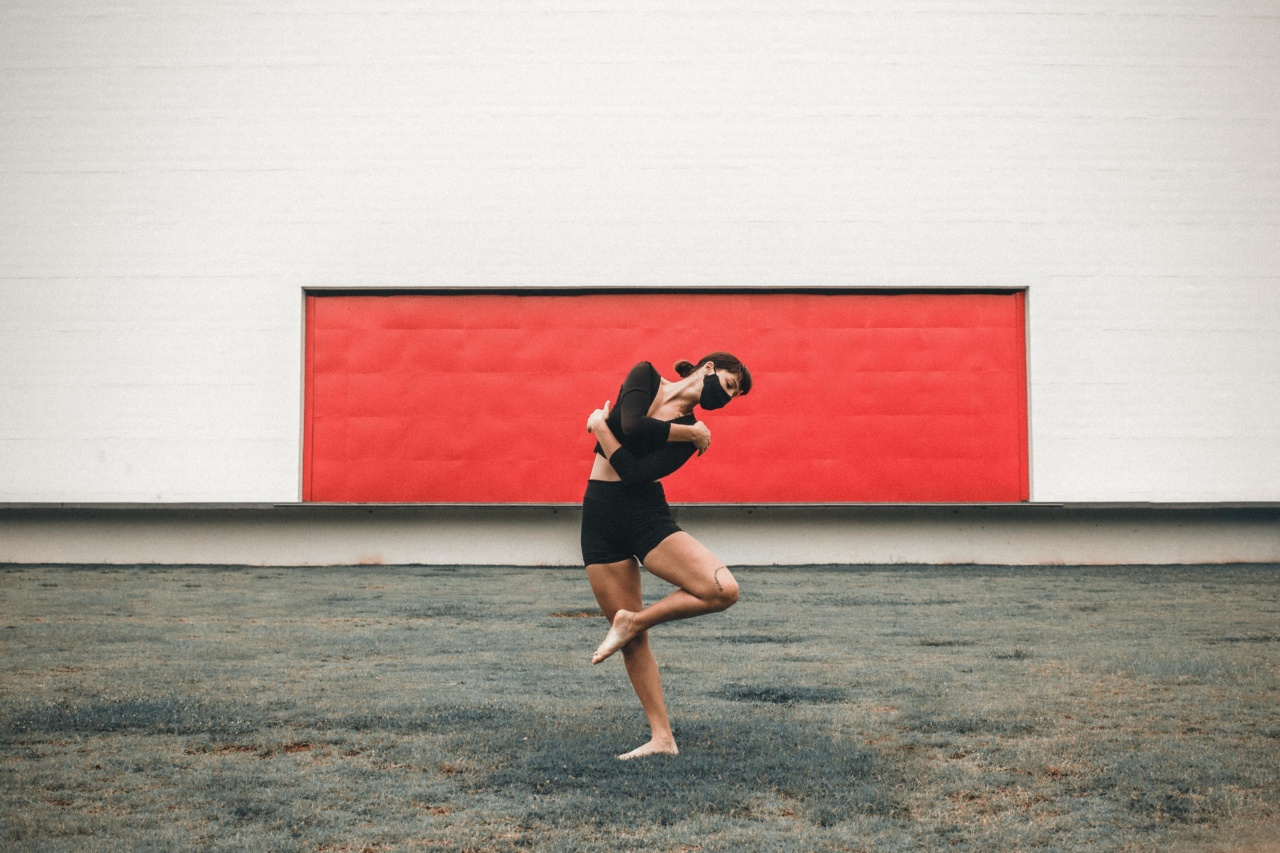Rehearsing is a vital part of any performance, whether it’s for a play, a musical, or even a dance recital. It allows performers to refine their skills, build confidence, and ensure a seamless and polished show.
However, it’s important to approach rehearsal with caution and take necessary measures to ensure the safety and efficiency of the process. In this article, we will discuss some of the best practices for safe and effective rehearsal that will help performers make the most out of their practice sessions while minimizing the risk of injuries.
1. Warm-up and Stretching
Before starting any rehearsal, it is crucial to warm up the body and stretch the muscles properly. This prepares the body for physical activity and reduces the risk of strains or pulls.
Performing dynamic warm-up exercises, like jogging in place or doing jumping jacks, helps increase heart rate and blood flow to the muscles. Following this with targeted stretches for specific muscle groups will further enhance flexibility and prevent injuries during rehearsal.
2. Proper Techniques and Posture
One of the essential aspects of safe rehearsal is maintaining proper techniques and posture. This is especially important for activities that involve repetitive motions or lifting heavy props.
By using correct techniques and keeping good posture, performers can avoid unnecessary strain on their muscles and joints. Instructing performers on the correct form and posture during rehearsals will go a long way in preventing injuries and promoting longevity in their artistic careers.
3. Regular Breaks and Hydration
Rehearsals can be physically demanding, and it’s crucial to give the body and mind regular breaks to rest and recharge. Schedule short breaks every hour or so to allow performers to hydrate, stretch, and relax their muscles.
Encourage the artists to keep water bottles close by and remind them to stay hydrated throughout the rehearsal process. Adequate hydration helps prevent cramps, dizziness, and other related issues that can arise from prolonged physical exertion.
4. Venue Safety
Whether rehearsing in a studio, theater, or any other space, ensuring venue safety should be a top priority. Clear any potential hazards from the rehearsal area to provide a safe environment for performers.
Check for loose flooring, tripping hazards, or any obstructions that could impede movement. Adequate lighting is also essential to prevent missteps or accidents. Additionally, evaluate the accessibility of emergency exits and make sure they are easily accessible and well-marked.
5. Well-Maintained Equipment and Props
If your rehearsal involves the use of equipment or props, it is vital to ensure they are well-maintained and in good working condition.
Regularly inspect equipment such as sound systems, lighting rigs, or musical instruments to identify and address any potential safety concerns. The same applies to props – check for loose parts, sharp edges, or any other faults that could pose a risk to performers. Keeping equipment and props in excellent condition minimizes the chance of accidents during rehearsals.
6. Communication and Collaboration
Effective communication and collaboration between performers, directors, and crew members play a crucial role in creating a safe and efficient rehearsal environment.
Encourage open dialogue and provide a platform for everyone involved to voice their concerns or suggestions. This open line of communication can help identify potential safety issues and find the best solutions. Foster an environment where everyone feels comfortable speaking up about their safety or well-being.
7. Calm and Supportive Atmosphere
Creating a calm and supportive atmosphere during rehearsals positively impacts the performers’ mental and emotional well-being. This, in turn, contributes to their physical safety and allows them to focus on the tasks at hand.
Encourage positivity, constructive feedback, and teamwork. Remind performers to pace themselves and avoid pushing beyond their limits, reducing the risk of exhaustion or burnout.
8. Regular Health Check-ups
Performers rely on their physical capabilities to bring scenes to life, and it’s essential to prioritize their health and well-being. Encourage regular health check-ups for performers, especially if the rehearsal process is demanding or long-term.
Routine check-ups can help identify any underlying health concerns or physical issues that may need to be addressed to ensure a safe and effective rehearsal period.
9. Time Management
Efficient time management is crucial for safe and effective rehearsals. Plan and allocate sufficient time for warm-up exercises, stretching, and breaks within the rehearsal schedule.
Adequate time ensures performers can prepare their bodies and minds adequately, reducing the risk of injuries due to rushing or overexertion. Additionally, managing time well allows for focused and productive rehearsals, maximizing the benefits and minimizing unnecessary strain on performers.
10. Know When to Stop
While the goal of rehearsal is to refine and perfect performances, it’s crucial to know when to stop and take a break. Pushing beyond the body’s limits can lead to exhaustion and increase the risk of injuries.
Encourage performers to listen to their bodies and communicate any discomfort or pain to directors or instructors. As a responsible leader, be attentive and observant of signs of fatigue or distress among performers, and encourage them to rest when needed.































